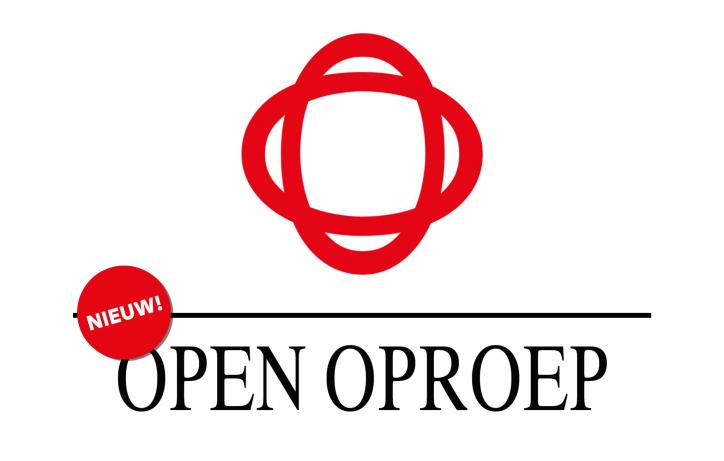The Open Call, the procedure with which the Flemish Government Architect's Team has been helping public clients find the right designers for their spatial projects for more than 20 years, is due for reassessment. Over the years, under the influence of the social and economic context, a changing legal framework and the visions of successive government architects, the Open Call procedure has also evolved. Today, we want to refocus the initial objectives of the Open Call as a methodology that creates opportunities for qualitative design while helping to develop an architectural culture in Flanders.
With the recalibration, we draw attention to the fact that the procedure is not just a design competition but a real guidance process, intended for ambitious public clients who want to enter into an intense dialogue with a talented design team. And this for both small, strategic spatial interventions and large projects with international appeal.
For the recalibration, we spared no effort. Not only did we draw on the knowledge and experience that the Flemish Government Architect's Team has accumulated over the past decades: we also held intense discussions with public commissioning authorities, designers and other experts about the terms and conditions for submitting projects, the form and content of competition bundles, bidding fees and fees, participation methods and circular construction. The renewed Open Call is not just about increased ‘customer-friendliness’: with an eye on architectural quality, we also dare to row against the tide where necessary, to set down guidelines for the coming decades.
Of course, we continue to stick to a two-step procedure: first a call as accessible as possible and then a selection through to at least four candidates who develop a design proposal. The candidates receive a bidding fee for that proposal. Our surveys have shown that clients generally find this fee too high, and designers too low. Both are right. What we are aiming for in the new procedure is that less work is required of designers at bid stage. Selected design teams must submit a design vision, not detailed plans. Therein lies the key to fair fees for us. The method has other advantages. It ensures that debates in the awarding committee focus on the essentials. We can then discuss the translation of the client's ambitions and the broad outlines of the approach rather than the details of the plan solutions. This also leaves room for consultation with various stakeholders and progressive insight, after the award. The renewed Open Call also specifies the role of the Flemish Government Architect's Team in this follow-up consultation.
Our attempts to optimise the procedure sometimes wrestle with the European tendering rules. After all, in practice, the general principles of public procurement legislation often result in the creation of high-level criteria for candidates who want to compete for a design assignment. For the sake of legal certainty, selection criteria that are objective and quantifiable, such as turnover, references with the same programme, scale or construction cost, are preferred. The candidates' design ability is not taken into account because this is considered a rather subjective criterion. As a result, good designers who cannot yet present an extensive portfolio of appropriate references are denied opportunities to carry out a public assignment, obstructing diversification, rejuvenation and innovation of the field. In order to give opportunities to young designers and put design capacity first, we set the bar low in the candidature process and try to convince the client to gauge not only experience, but also and above all design capacity in the preselection, which is simply not the same thing. At the proposal stage, the selected candidates can surround themselves with experienced experts to bring the assignment to a successful conclusion.
We could also have responded with our procedure to the ever-increasing desire for certainty shown by public authorities. Many public clients today opt for procedures in which, via a commitment agreement, the design and execution of a construction project are assigned to one single party. Experience shows that this type of procedure rarely delivers the desired quality. We therefore swear by the principle that, regardless of the chosen formula, it is always beneficial to first appoint a competent design team through a separate process.
Finally, in our recalibration we also revert to a working method that was common since the first Open Call, but has become somewhat diluted over the years: the public presentation. This is now explicitly provided for in the new regulations. My team and I consider the fact that candidates, participating in an Open Call, can attend each other's presentations to the awarding committee as an important contribution to building an architectural culture. Just like the availability of competition proposals via the website of the Flemish Government Architect's Team, these shared presentation moments promote transparency and knowledge sharing. This way, we feed the public debate on architectural quality and turn the Open Call into a meaningful dialogue among colleagues, not a flat competitive contest.
Erik Wieërs
Flemish Government Architect

